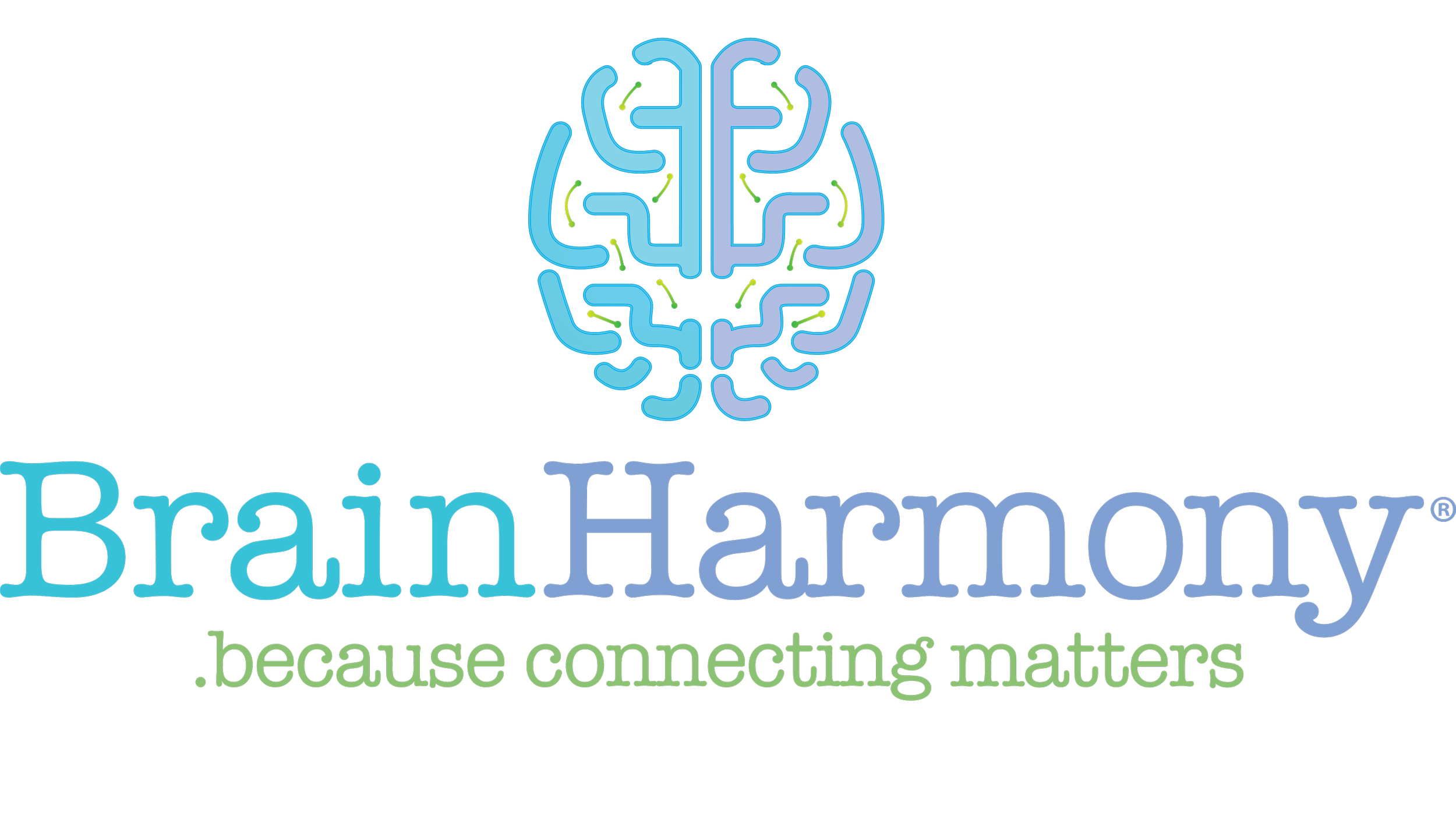How To Correct Bedwetting and Urinary Incontinence
Urinary incontinence and bedwetting are common issues among young and old alike. While there are several hit or miss cures for incontinence, addressing the root cause from a neurological perspective can make a world of difference. Key players in bladder control include vagal tone, neurological organization, and reflex integration.
Bladder incontinence is a prevalent issue that can affect the young and old alike. Women are twice as likely as men to experience issues with bladder control due to the birthing process, while many children find it hard to keep the sheets dry at night.
Regardless of the cause of bladder issues, there are some very valuable key players that can help you regain control. In this article, we'll discuss:
How your vagus nerve plays a role in bladder control
The impact of neurological organization on the brain-body connection
The role of primitive reflexes and urinary output
How Brain Harmony works with bedwetting and urinary incontinence
Key Players In Bladder Control
Vagal Tone
The muscles and nerves associated with bladder control are crucial components of your urinary system. Muscles and nerves work together to hold urine in your bladder and release it at the right time.
When your bladder is full, the nerves in your bladder send messages to alert your brain. Then, in your brain, nerves carry messages back to the bladder, telling muscles to either tighten or release[*].
One of the nerves responsible for this communication is the vagus nerve. Your vagus nerve has three branches, one of which travels down the major organs in your body, innervating the bowel and the bladder.
Unfortunately, many people have issues with vagal tone. Meaning the vagus nerve isn't doing its job properly. This can show up in several ways, and urinary incontinence is one of them.
Neurological Organization
Neurological organization refers to the network of pathways in your brain that allow neurons (brain cells) to send messages to other parts of your brain and body. These neural pathways are responsible for much of the activity in your mind and body. For instance, when your bladder becomes full, there is a neurological pathway that alerts "it's time to go to the bathroom!"
When working properly, this vast network of pathways works like a well-structured highway system. This allows you to process information seamlessly, allowing your brain and body to respond accordingly.
However, many people experience disorganization in this system due to physical or emotional stressors or life experiences that halt the proper flow of information. You can be born with a certain level of neurological disorganization, or this can develop over time. It may sound alarming; a disorganized brain? But it's actually incredibly common to have some level of disorganization. Either way, when your neurological wiring is a little out of whack, it can throw off the relationship between your brain and body.
This may show up in a lot of different ways. For instance, you could be miswired in a way that creates unfounded anxiety or phobias. You could also be wired in a way that creates issues with receiving messages from your body -- like the call to go to the bathroom.
The good news is, neurological organization is something you can always work on. Due to your brain's neuroplasticity, there are now tools that can help you unwire old programming and rewire for more efficient and optimal connections.
Reflexes
You may not be aware, but your reflexes have a lot to do with the way in which you interact with the world. Everyone is born with a set of primitive reflexes that teach the brain and body how to function as a little human being. These reflexes are crucial for physical and neurological development.
Originating from the central nervous system (CNS), primitive reflexes automatically instruct your muscles to react without their conscious awareness. The proper development of primitive reflexes is vital for creating a foundation of body awareness and higher motor, emotional, and cognitive skills.
As you mature, primitive reflexes are replaced by voluntary reflexes. However, some people retain primitive reflexes, resulting in a range of neurological and physical imbalances. These imbalances can show up as emotionally as in anxiety, behavioral issues, or depression, or they can lead to physical imbalances like delays in motor development or loss of bladder control.
Two reflexes that are directly related to bladder control include the spinal Galant reflex and the spinal Perez reflex.
The spinal Galant reflex helps infants turn their bodies in the correct position in preparation for birth and is also involved in a range of other functions, including flexibility, postural control, ocular motor skills, auditory perception, and much more.
The spinal Galant reflex in babies
The spinal Perez reflex allows for the development of coordination, postural control, coordination of legs and core, and more.
When either of these reflexes is not fully integrated, one of the side effects can be poor bladder control.
How Brain Harmony Works On All Three
At Brain Harmony, we look at your mind-body system as one cohesive unit. With the understanding that what happens in your brain immediately impacts your body and vice versa, we're able to get to the root cause of many neurological and physiological issues -- including bladder incontinence.
We address all three of the above factors, vagal tone, neurological organization, and reflex integration, to help you gain control of your bladder.
It’s stressful when losing control of your bladder.
Having a stroke can lead to incontinence.
#1 Vagal Tone
To work on vagal tone and support the communication between your bladder and your brain, we use a system called the Safe and Sound Protocol.
One of the major functions of your vagus nerve is managing your parasympathetic nervous system response. This is the aspect of your nervous system that brings you into "rest and digest" mode -- otherwise known as the relaxation response. Counteracting the parasympathetic branch of your nervous system is the sympathetic branch. In sympathetic mode, your brain and body are cued up for "fight or flight," or a stress response.
Unfortunately, many people these days get stuck in sympathetic "fight or flight" mode due to the unprecedented amount of stress that modern life presents. This can create imbalances with your vagus nerve and lead to poor vagal tone.
The Safe and Sound Protocol (SSP) is a listening system that sends vibrations through your ears to your brain, which then signals your vagus nerve in a way that enhances its activity. This brings more balance to your brain and regulates your vagus nerve for optimal function. One of the primary benefits associated with the SSP is a feeling of relaxation and safety -- you're no longer stuck in sympathetic activation. Along with this calming effect, processes in your body that require a state of grounded awareness (like urination) can function more optimally.
Proper vagal tone is also crucial for step 2, which is neurological organization.
#2 Neurological Organization
In order to get your brain wiring back on track, you first need a calm brain. That's why we always work with a vagal tone first. Once your vagus nerve is back online, we can begin to address the miswiring in your brain that's leading to urinary incontinence.
The most effective system we've found to support rewiring a disorganized brain is the Integrative Listening Systems (ILS) Focus Unit. The Focus Unit consists of several folders of music accompanied by bone conduction which gives your brain and body multiple sensory inputs to enhance connections in your brain.
Using this focus unit, your brain gets the signals it needs to unwire old, dysfunctional programming and rewire optimal pathways. It's like doing heavy-duty construction on an old highway system that's been causing a lot of traffic. With the new pathways, your brain is better able to take in and process information and send out the signals to your body that instruct appropriate action.
In the case of urinary incontinence, this would look like an enhanced ability to sense when your bladder is full and more timely awareness for when to go to the bathroom.
#3 Reflex Integration
As previously mentioned, some people have retained primitive reflexes, which can impact their mind and body in various ways.
At Brain Harmony, we pair you with an Occupational Therapist (OT) that can assess your current reflexes and help you work on integrating anything that's been retained. Reflex integration is often overlooked as a source of imbalance, but it's a powerful way to bring your mind and body back into equilibrium.
OTs typically assess the spinal Galant and spinal Perez reflexes for urinary incontinence and give you simple exercises that you can do at home to integrate. The integration of these reflexes allows you to make significant gains in bladder control, especially when paired with steps one and two.
Quinton's Brain Harmony Success Story
Quinton was ten years old and still wet the bed. Mom and Dad had tried everything, including alarms, restricting fluids, and ruling out medical conditions. He refused to participate in sleepovers, worried that his friends would find out about his problem. Mom could tell that his self-esteem was suffering.
"The Brain Harmony team has been nothing short of extraordinary. They put a program together for Quinton and coached the family through all of the bumps in the road. Quinton attended his first sleepover this weekend, and he was completely dry!"
– Quinton's Mom
Whether you have a child wetting the bed or struggle with your own bladder incontinence, the steps that we take at Brain Harmony can support healthy bladder control by addressing the root-cause issues. If you want to learn more, set up a Free Consultation to see if Brain Harmony is the right choice for you.






